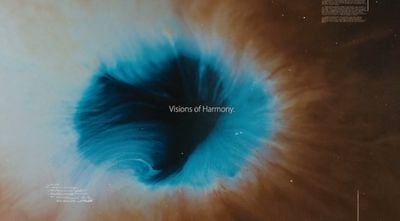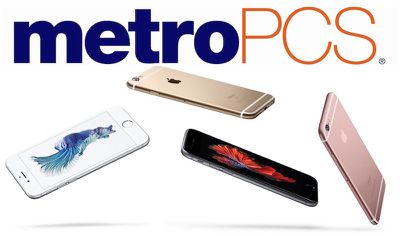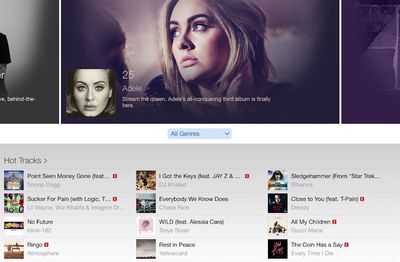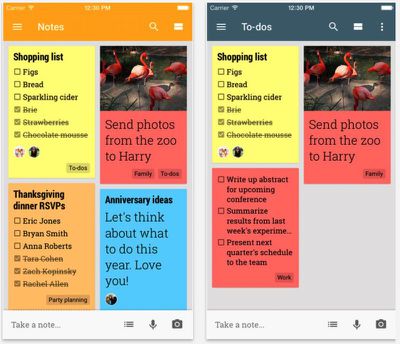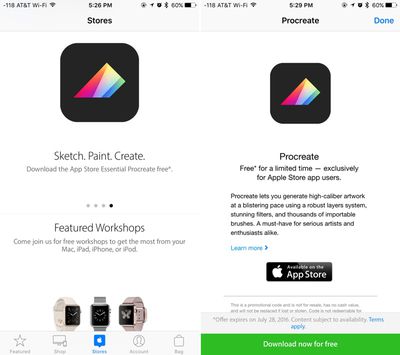Apple's Maps app received a major overhaul in iOS 10, introducing a new look and some impressive new features. Design wise, Maps looks a lot different, with easier to access controls and destination suggestions that are front and center.
As seen in the video below, when you open the Maps app, you'll immediately see a search window and an overview of your current location. Swiping upwards from the search bar brings up options for places you might want to go, based on recent places you've visited, calendar events, appointments in your Mail app, and general user habits.
Maps in iOS 10 features traffic information en route, with options for alternative routes and routes that avoid toll roads. There's a dynamic view that allows users to zoom in and out to see what traffic conditions look like ahead, and there's an option to search along a route to find gas, food, coffee, and more while on a trip. Maps will automatically adjust routes to incorporate stops, letting you know how much time a detour will add.
When parking, Apple Maps has an awesome new feature that'll automatically remember your car location so you never forget where it is, and a new Maps extensions option for developers will let you do things like book a reservation in OpenTable or call an uber all without leaving the Maps app.
For details on other new features coming in iOS 10, make sure to check out our iOS 10 roundup. Don't miss out on our previous videos, which have covered iOS 10, watchOS 3, tvOS 10, and macOS Sierra:
- WWDC 2016 Overview in Seven Minutes
- iOS 10's Overhauled Lockscreen
- The New iOS 10 Photos App
- The New iOS 10 Messages App
- macOS Sierra - Siri
- iOS 10 Hidden Features
- watchOS 3 Overview
- iOS 10's Redesigned Apple Music Experience
- 3D Touch in iOS 10
- The New Home App for Controlling HomeKit Devices
- iOS 10's Face Gallery App for Apple Watch
- iOS 10's Revamped News App
- Everything New in tvOS 10
- Apple's Upcoming Apple TV Remote App
We've also got roundups for all of the upcoming operating systems, including watchOS 3, macOS Sierra, and tvOS 10.




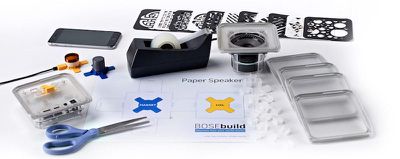
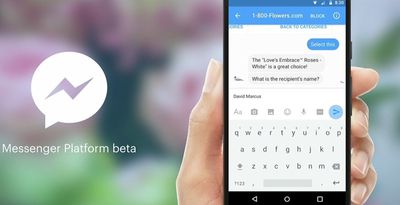
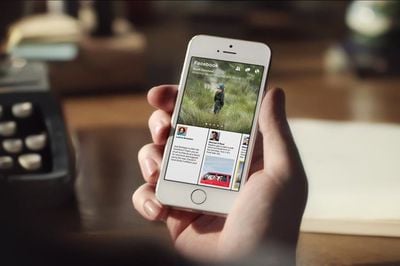

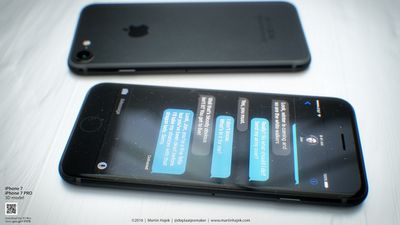
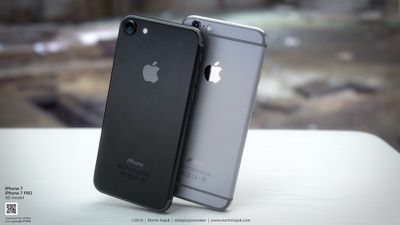
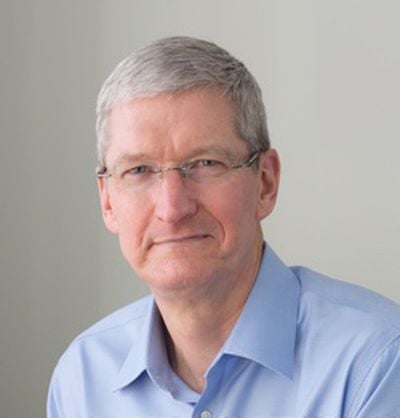 Nike today
Nike today 
